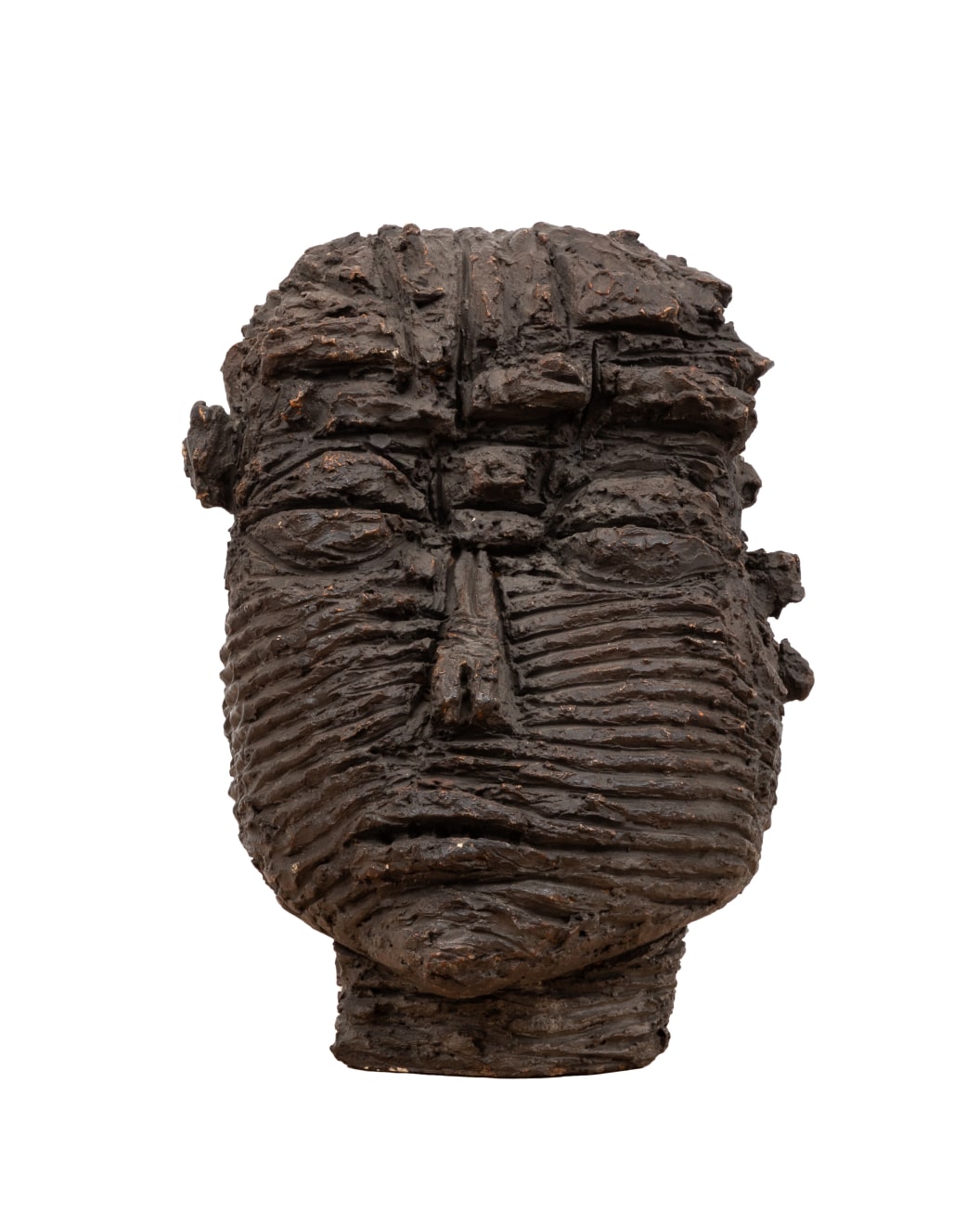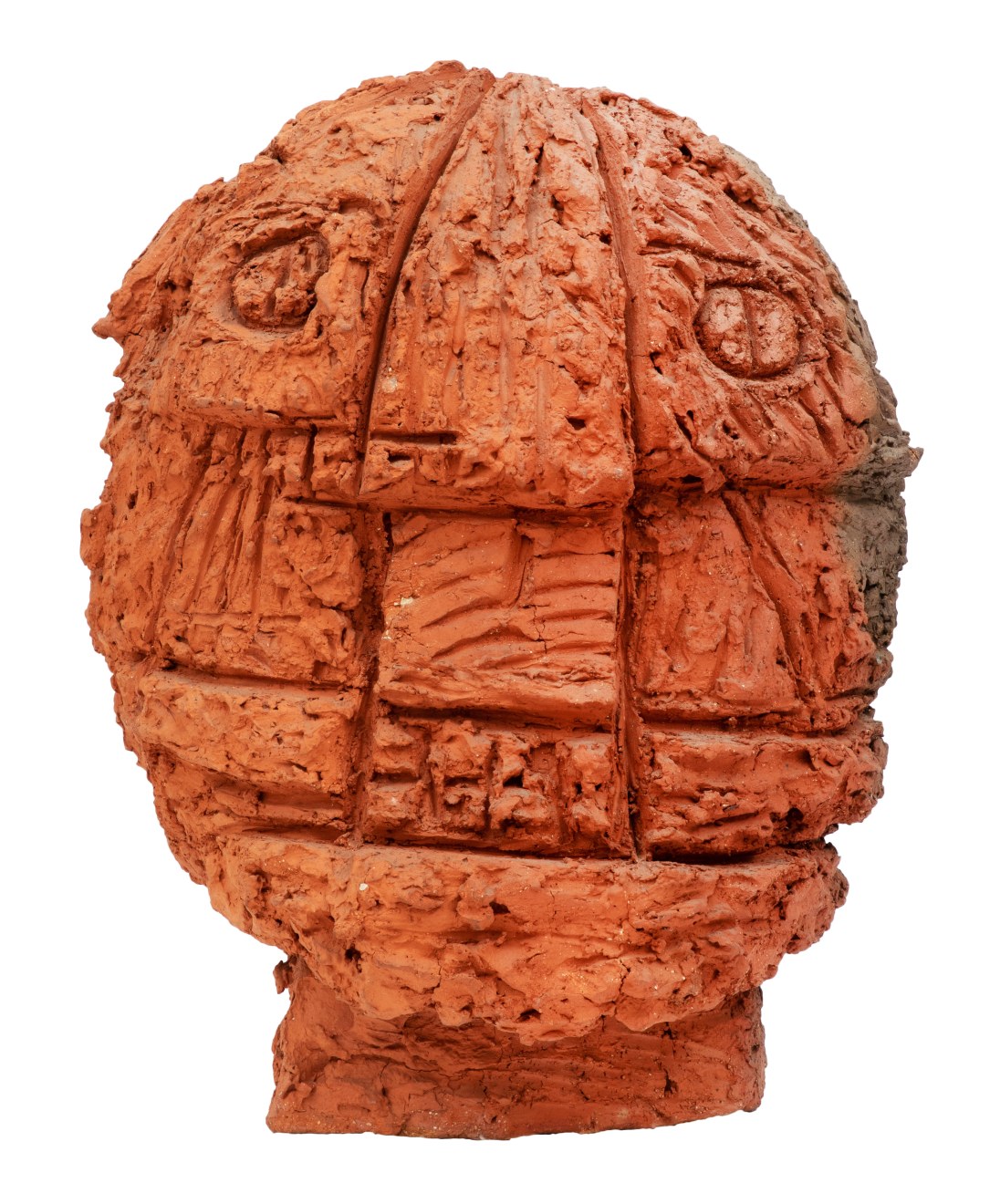
Reuben Kadish: Earth Mothers
Eric Firestone Gallery
40 Great Jones St. | New York, NY
May 18 — July 9, 2022
Eric Firestone Gallery is pleased to announce the exhibition Reuben Kadish: Earth Mothers, a major survey on the significant postwar American sculptor and painter. With this exhibition, the gallery also announces exclusive representation of the Reuben Kadish Foundation. The exhibition is curated in collaboration with the Reuben Kadish Foundation and its chairman, Judd Tully.
On view will be painting and sculpture by Reuben Kadish from the 1940s through the 1980s. It will be presented in an immersive exhibition design conceived by Volfram Art & Design. This is the first comprehensive survey of Kadish’s work in New York City since a 1985 show at the Artists' Choice Museum. Included will be nearly 100 small, whimsical bronze figurines; the rare extant 1940s paintings; expressionist figurative sculptures of the 1950s and 60s; wall reliefs; monotypes depicting fantastical hybrid creatures; and monumental memorial heads of the 1980s. Kadish’s bronze sculptures are unique, made by lost-wax casting.
After a studio fire in the late 1940s destroyed all but a few of his paintings, Reuben Kadish (1913–1992) stopped painting and transformed himself into a sculptor. His deeply scored terracotta and bronze sculptures are reflective of his Abstract Expressionist roots, even though they represent figures and heads. They are intense and haunting works, evoking Kadish’s ongoing concern with social justice, humanitarian issues, war crimes, and genocide. Rugged and monumental works, they feel as ancient as they are modern—reflecting a universal human condition and suggesting archeological discovery. Kadish has a singular and significant voice in the history of postwar American art.
Kadish’s concern with humanitarian issues can be traced back to his earliest work. The artist was born in Chicago; his family moved in 1920 to Los Angeles. There, he met Jackson Pollock and Philip Guston during his high school years. Both would remain lifelong friends. Kadish studied at the Otis Art Institute in 1930.
Kadish apprenticed with Mexican muralist David Alfaro Siqueiros and traveled with Philip Guston and the poet Jules Langsner to Morelia, Mexico to paint a 1000 square foot mural in the fresco technique: The Struggle Against War and Fascism (1934–35). This work remains in the central court of the Museo Regional Michoacano, Morelia, Mexico. With threatening hooded figures, it draws parallels between the Spanish Inquisition and the Ku Klux Klan.
Guston and Kadish would continue their artistic collaboration, painting two major frescoes in 1936 together in Duarte, California. After Guston moved to New York City, Kadish individually made a WPA mural for the science department at the San Francisco State College. This work, A Dissertation on Alchemy (1937), is now on permanent view at the Haight Art Center, San Francisco.
During World War II, Kadish served in the United States Army Artists Unit, documenting the war effort. Dispatched to India and Burma in 1943, Kadish witnessed death and destitution in small villages. He captured these tragedies in pen and ink sketches, and the experience would forever mark him.
Upon returning to New York after the war, Kadish worked for the legendary Atelier 17 in Greenwich Village, where he printed editions for Surrealists such as Joan Miro and Andre Masson. Kadish looked for a home on the East End of Long Island—where Pollock and other old friends had migrated—but instead moved to a 40 acre dairy farm in Vernon, New Jersey, with a quonset hut he used as a studio. Kadish would later regret removing himself from New York City, where Abstract Expressionism and the cooperative galleries on 10th Street were booming.
After the studio fire and following his transition to sculpture, Kadish returned to New York City. He reestablished himself in the downtown scene with a home and studio on East 9th Street. In 1960, he became a professor of art history and sculpture at the Cooper Union. He would influence generations of students with his charismatic and compelling slide presentations of World art.
In 1961, Kadish presented sculpture at Poindexter Gallery. Of this show, the critic Lawrence Campbell wrote: “It is as though these were ancient, archaic works that Kadish had grabbed by their throats, shook like dogs, and forced to be modern.”
His 1960s-70s Earth Mother and Three Sisters series represent fertility figures and mythic matriarchs. Kadish was influenced by his wife, Barbara Weeks Kadish, an archeologist who introduced him to ancient art of the Aztec Empire, the Kingdom of Benin, as well as Greece, Egypt, and India.
In his most prolific period, the 1980s, Kadish would create his series of Holocaust heads. For Kadish, the Holocaust brought to mind not only the Nazi reign but also the atomic bombings of Hiroshima and Nagasaki. He also memorialized friends he lost.
Kadish made many small-scale bronze figurines, in addition to the larger sculptures. Judd Tully describes that Kadish refined the lost wax casting technique in his subterranean studio on East 9th Street, “using the practice as a kind of 3-D sketch pad and as a way to keep his fingers active just as Calder would, with a spool of wire and pliers. It was a small and eccentric army, recalling Cycladic figures you’d see at the Met or creatures from someone’s wild imagination. Many of the works would be humorously titled such as ‘Grape Belly’ and ‘Knuckle Face.’”
Kadish is represented in public collections including the Los Angeles County Museum of Art; Fine Arts Museums of San Francisco; The Museum of Modern Art, New York; and the Whitney Museum of American Art, New York. In addition to the retrospective at the Artists Choice Museum, Kadish was the subject of solo exhibitions at the New Jersey State Museum (1990); the Pollock-Krasner House and Study Center (2004); and the University of Kentucky Art Museum, Lexington (2018).

























